Kia Seltos – In Pursuit of the Striped Beast: Coming face to face with the big cat at the Kanha Tiger Reserve helped us
gauge why Kia car design takes inspiration from this royal beast.
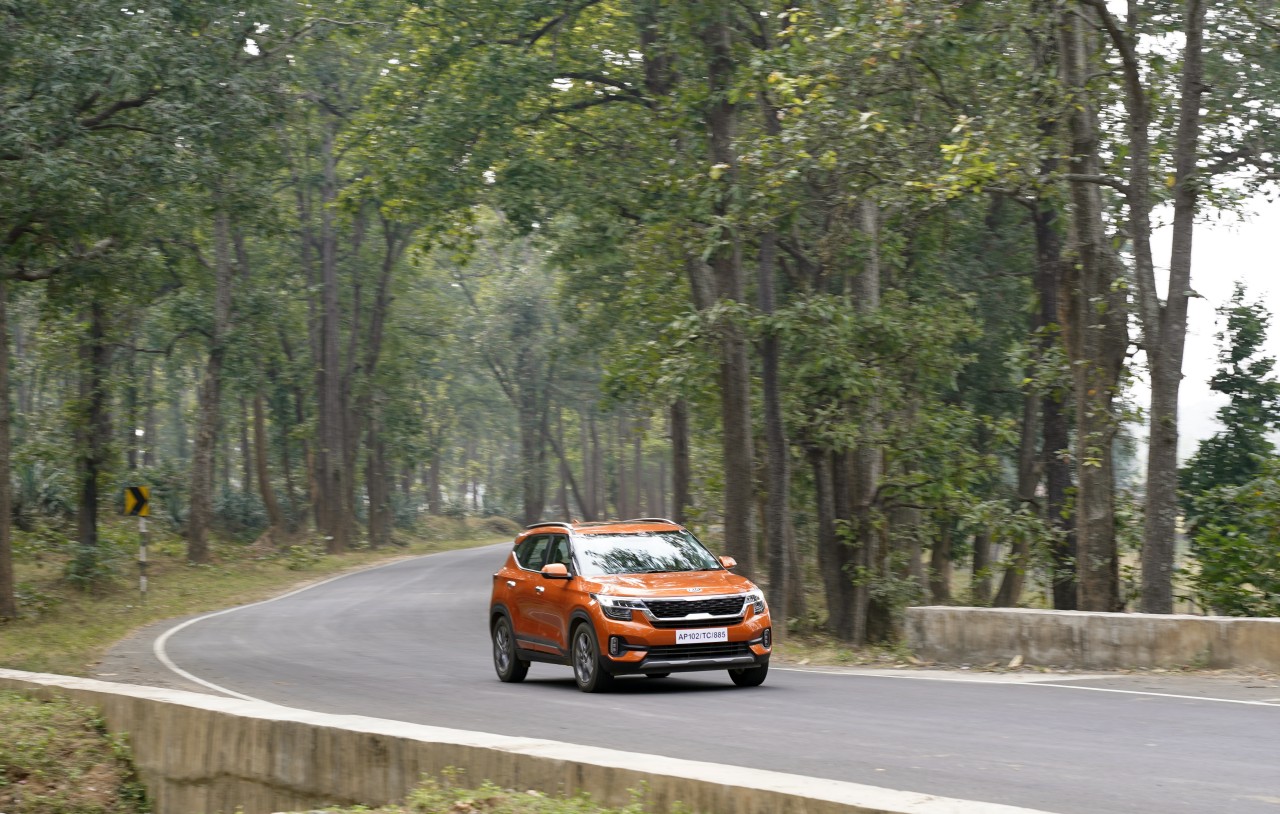
After our exhilarating experience at Tadoba, we couldn’t think of a better plan to continue our thirst for adventure than driving the “tiger nose grille” SUV to the Kanha Tiger Reserve in Madhya Pradesh.
[metaslider id=25075]
With the “Badass” Kia Seltos as our highway companion, we set in motion the second chapter of Kia Seltos Tiger Trails. Having driven the Seltos 1.5-litre BS VI diesel for over 750 km from Pune to Tadoba earlier, we had ample confidence in the Kia’s reliability and solid build. Apart from stopping to refuel and the occasional tyre air pressure checks, the dependable SUV demanded nothing more from us. Our first stop for the 1,400-kilometre drive was Kanha and then the long drive back to Pune. We were particularly excited about this leg of the journey because in Kanha our home would be a 110-year-old rest-house inside the National Reserve.
The phone seamlessly connected via Bluetooth with the clever infotainment system and the Apple CarPlay took centre stage, offering turn-by-turn navigation guidance on the high-definition 10.25-inch colour touchscreen. Obviously, it’s a connect car with tons of features but the fact that it drives and handles so well makes the Kia a great companion for long drives. A well-engineered car is fun to drive and, at the same time, feels rock-solid in tricky situations. It’s reassuring to know that the car you’re driving gets up to six airbags, strong high-strength steel underpinnings, and active safety features such as electronic stability control, hill-start assist and disc brakes on all four wheels.
Talking about wheels, a good tip for long drives is to check the tyre pressure before you head out when the tyres are cold. This will make a world of difference to the way the car behaves. Thankfully, the Seltos comes with a very informative seven-inch driver’s display which offers a tyre pressure monitor.
As planned, we covered the 400-km drive to Kanha just before sunset. There are two gates to enter the Tiger Reserve, Katia and Mukki, and our rest-house was located inside the latter. After a quick ID verification at the entry check-point, we drove cautiously through the narrow forest road that was lined by tall Sal trees. In the stillness of the forest, we realised how refined and smooth the diesel engine really was. The bright LED headlamps lit up the path ahead as we crawled towards our destination for the night: a rest-house built during the British Raj in 1909.
The rooms were basic but full of character that echoed tales of yesteryears. The staff was courteous, the food simple and tasty, but these things are of little importance once you realize you’re right in the middle of the jungle with wild animals lurking around. The caretakers were happy to share tales about their encounters and almost all of them has seen tigers walk across the courtyard! Probably why guests are advised not to wander around without being accompanied by a local staff. The air outside was chilly and filled with the songs of the jungle. Watching myriad insects dance around the lights, we slowly drifted off to sleep.




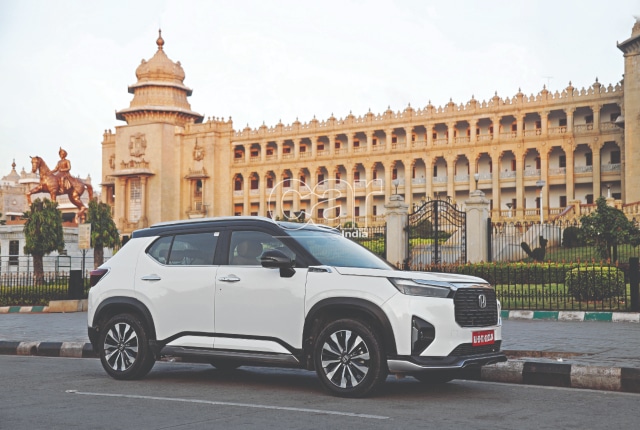
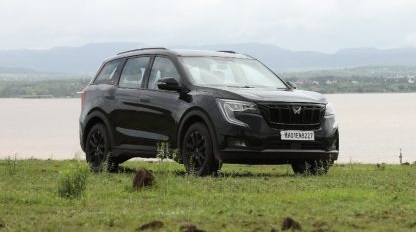
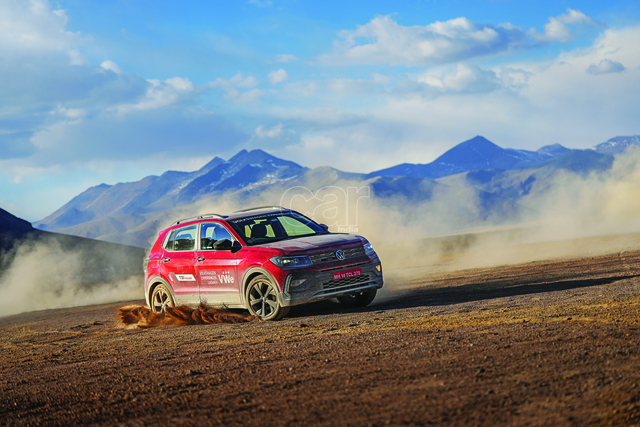
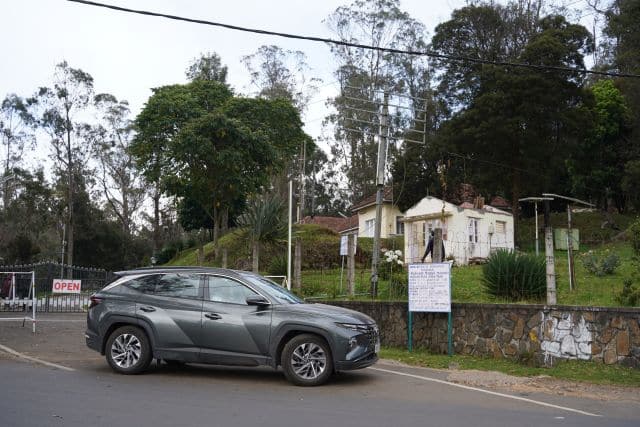

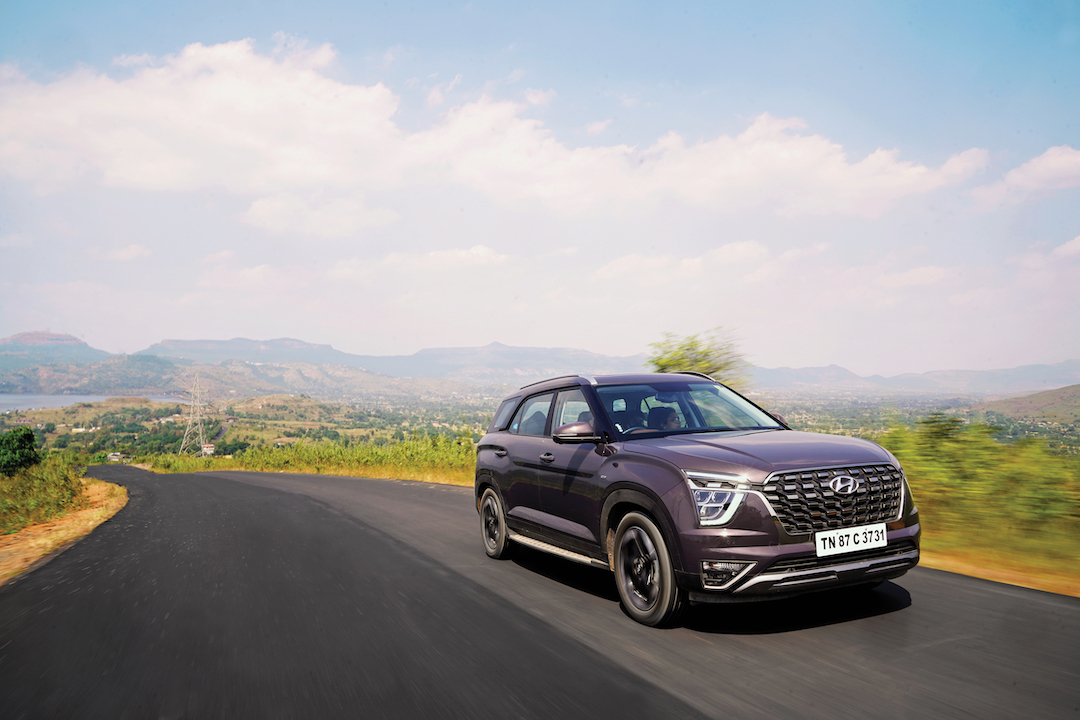
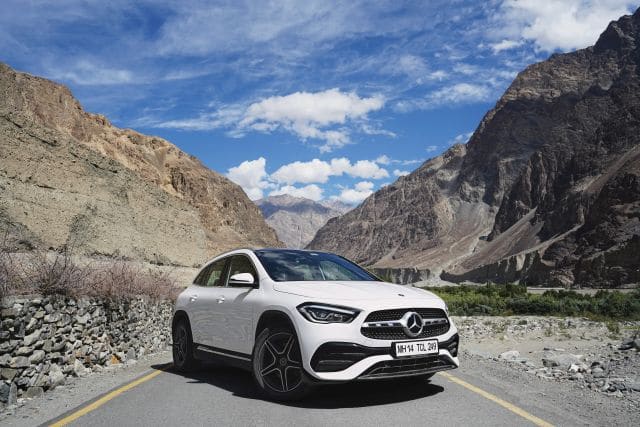
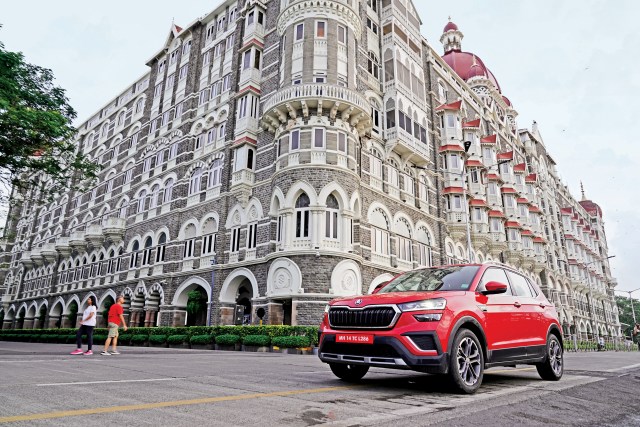




Leave a Reply